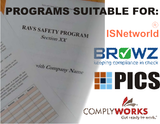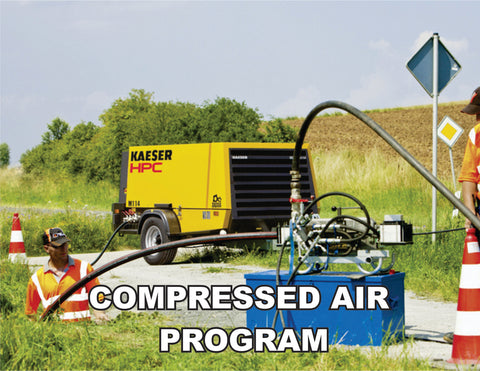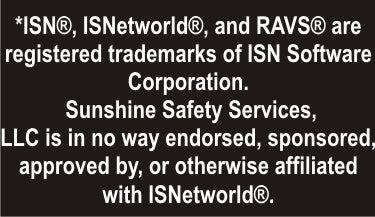Compressed Air Program - ISNetworld RAVS Section - US
$ 29.95
Compressed Air Program - ISNetworld RAVS Section - US

This Compressed Air Program (ISNetworld® RAVS®* Section), in addition to being a complete and functioning written safety program (chapter), it also contains all the required text elements that are sought by the ISNetworld RAVS® (Review And Verification Service) reviewer. This plan has been previously submitted and has achieved a 100% approval rating for our clients.
- All programs are guaranteed now and in the future to achieve 100% approval.
- There are NO maintenance or subscription fees.
- Simply notify us if any program falls out of compliance and we will correct it at NO CHARGE.
You are downloading a MicroSoft® Word document file to your computer that is completely editable:
- Compressed Air Program:
- Approximate Word Count: 1,950
- Approximate Number of Pages: 6
- Page Reference Answers to RAVS Reviewer’s Questions: 5
You will also receive instructions for a simple two-step process to place your company name and safety person's name throughout this word document to conform it to your company. Please review, and feel free to alter or add to it as you wish with any specific company information or safety policies that you may already have.
The first two pages of the document are guidelines for conforming this safety manual section, an index for completing the RAVS® questionnaire (with all page references), and uploading the section.
If you experience any difficulty filling out the questionnaire, or have any questions in general about these documents, call 314-570-0072, or e-mail me at vsunshine1@gmail.com.
An excerpt from ISNetworld® RAVS®* Safety plan Compressed Air Program
Hazards
All compressed air cylinders and compressor equipment must be used in a manner that will not endanger personnel or property in routine shop use or experimental operations. Hazards associated with handling and use of flammable and/or high-pressure gases include the following:
Injuries caused by flying objects accelerated by an explosion or pressure release;
Secondary accidents such as falls or electrical shocks;
Relief Valves Required
All systems, system components, and piping subject to over-pressures must be equipped with relief devices.
Oxygen
Oxygen supports combustion but is itself nonflammable. Oxygen lowers the ignition point (in air) of flammable substances and causes them to burn more vigorously. Materials such as oil and grease burn with nearly explosive violence in oxygen, even in minute quantities. Therefore, oxygen cylinders must not be handled with greasy or oily hands or gloves and must not be stored near highly combustible materials such as oil, grease, or reserve acetylene.
Oxygen must never be used to purge lines, to operate pneumatic tools, or to dust clothing - cloth, plastics, etc., saturated with oxygen burn explosively. Accordingly, oxygen cylinders must never be used as hat racks, clothes hangers, etc., since leaky fittings can result in accumulations of gas in the covering material.
Insects in oxygen "pigtails" can ignite spontaneously and may cause sufficient heat and over-pressure to burst the pigtail, valve, or manifold: don't leave pigtails disconnected for more than a few minutes.
Do not use white lead, oil, grease, or any other non-approved joint compound for sealing oxygen-system fittings. Threaded connections in oxygen piping must be sealed with joint compounds or Teflon tape approved for oxygen service. Litharge and water is recommended for service pressures above 300 psig (2.0 MPa). Gaskets must be made of non-combustible materials.





